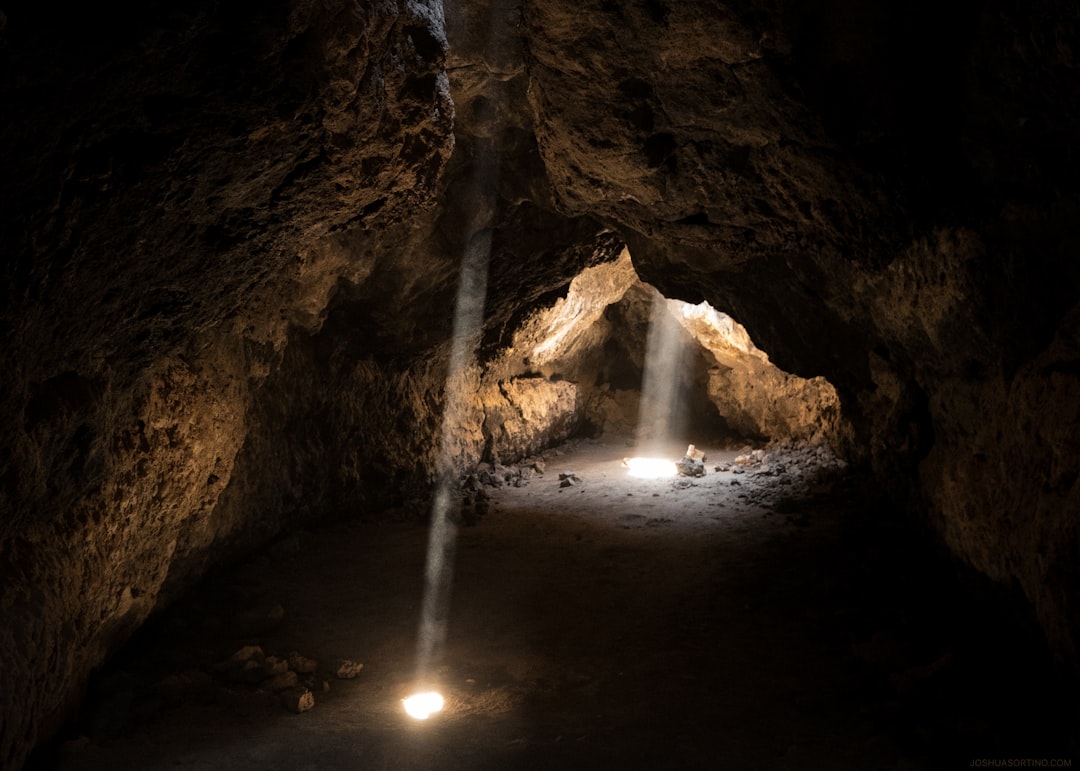What is it about?
Our brains can rapidly learn and remember information, sometimes after just a single experience. This incredible ability is due in part to a recently discovered mechanism by which neurons in the brain rapidly adapt the synaptic connections between them. We have created an electronic circuit that mimics this "one-shot learning" using a special material called vanadium dioxide. This material can maintain a short-term “memory” of its recent electrical activity, allowing us to emulate different types of neuronal signaling and learning in our circuit.
Featured Image

Photo by Steve Johnson on Unsplash
Why is it important?
Building hardware that operates on similar principles as the brain is a key goal in the field neuromorphic computing. Our work demonstrates that materials like vanadium dioxide can be used to emulate advanced forms of biological learning. By harnessing the unique properties of these materials, we can create more energy-efficient and adaptable learning systems, bridging the gap between artificial intelligence and biological intelligence.
Perspectives
As a researcher working at the intersection of neuroscience and AI, I am thrilled to see the principles of neuroscience being applied to cutting-edge hardware. This work represents an exciting collaboration between experts in materials science, electrical engineering, neuroscience, and AI. By bridging these disciplines, we have taken a step towards realizing brain-inspired learning machines. I believe this research will inspire further exploration of quantum materials for emulating neural computation and plasticity. Ultimately, I hope our work contributes to the development of AI systems that are not only powerful but also efficient and adaptable, bringing us closer to the remarkable capabilities of the human brain.
Alessandro Galloni
Rutgers University New Brunswick
Read the Original
This page is a summary of: Neuromorphic one-shot learning utilizing a phase-transition material, Proceedings of the National Academy of Sciences, April 2024, Proceedings of the National Academy of Sciences,
DOI: 10.1073/pnas.2318362121.
You can read the full text:
Contributors
The following have contributed to this page










